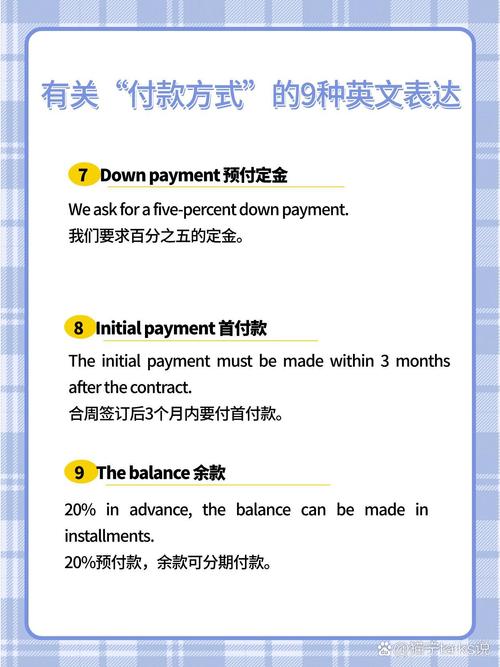Understanding Your Financial Goals
Before diving into the specifics of how much stock to buy, it’s crucial to have a clear understanding of your financial goals. Are you looking for long-term growth, or are you interested in short-term gains? Your answer will significantly influence the amount of stock you should purchase.
Long-term investors typically focus on companies with strong fundamentals, such as a solid balance sheet, consistent earnings growth, and a competitive advantage in their industry. These investors are more concerned with the company’s potential to increase in value over time rather than short-term fluctuations in the stock price.
Assessing Your Risk Tolerance
Your risk tolerance is another critical factor to consider when determining how much stock to buy. If you’re risk-averse, you may want to invest in a diversified portfolio of stocks, bonds, and other assets to mitigate potential losses. On the other hand, if you’re comfortable with higher risk, you might allocate a larger portion of your portfolio to stocks.
It’s essential to assess your risk tolerance by considering factors such as your investment horizon, financial situation, and emotional resilience. A higher risk tolerance often allows for a larger allocation to stocks, but it’s crucial to maintain a balance to avoid overexposure.

Calculating Your Investment Budget
Once you have a clear understanding of your financial goals and risk tolerance, the next step is to calculate your investment budget. This budget should be an amount you’re comfortable investing without impacting your financial stability or daily living expenses.
It’s important to note that your investment budget doesn’t have to be a fixed amount. You can adjust it based on your financial situation and investment goals. However, it’s crucial to stick to a budget to avoid making impulsive decisions that could lead to financial strain.
Researching the Stock
Before purchasing any stock, it’s essential to conduct thorough research. This research should include analyzing the company’s financial statements, understanding its business model, and assessing its competitive position in the industry.
Some key metrics to consider when researching a stock include the price-to-earnings (P/E) ratio, price-to-book (P/B) ratio, and return on equity (ROE). These metrics can provide insights into the company’s valuation and financial health.
Calculating the Number of Shares to Buy
Once you’ve completed your research and determined the stock you want to purchase, it’s time to calculate the number of shares you can afford. This calculation involves dividing your investment budget by the current stock price.
For example, if you have a $10,000 investment budget and the stock you’re interested in is currently trading at $50 per share, you can afford to buy 200 shares ($10,000 / $50 = 200). However, it’s essential to consider the potential impact of transaction fees and taxes on your investment.
Understanding Dividends and Capital Gains
When considering how much stock to buy, it’s crucial to understand the difference between dividends and capital gains. Dividends are payments made to shareholders from a company’s profits, while capital gains are the profits made from selling a stock at a higher price than you purchased it for.
Dividend-paying stocks can provide a steady stream of income, while capital gains can offer significant returns over time. It’s essential to consider both when determining how much stock to buy, as they can contribute to your overall investment returns.

Monitoring Your Portfolio
After purchasing your stock, it’s essential to monitor your portfolio regularly. This monitoring should include reviewing your investment strategy, assessing the performance of your stocks, and making adjustments as needed.
It’s crucial to stay informed about market trends, economic indicators, and company news that could impact your investments. By staying vigilant, you can make informed decisions and adjust your portfolio to maximize returns.
Conclusion
Determining how much stock to buy requires a careful balance of your financial goals, risk tolerance, and investment budget. By conducting thorough research, understanding the stock’s fundamentals, and monitoring your portfolio, you can make informed decisions that align with your investment strategy. Remember, investing in stocks is a long-term endeavor, and patience and discipline are key to achieving your financial goals.




